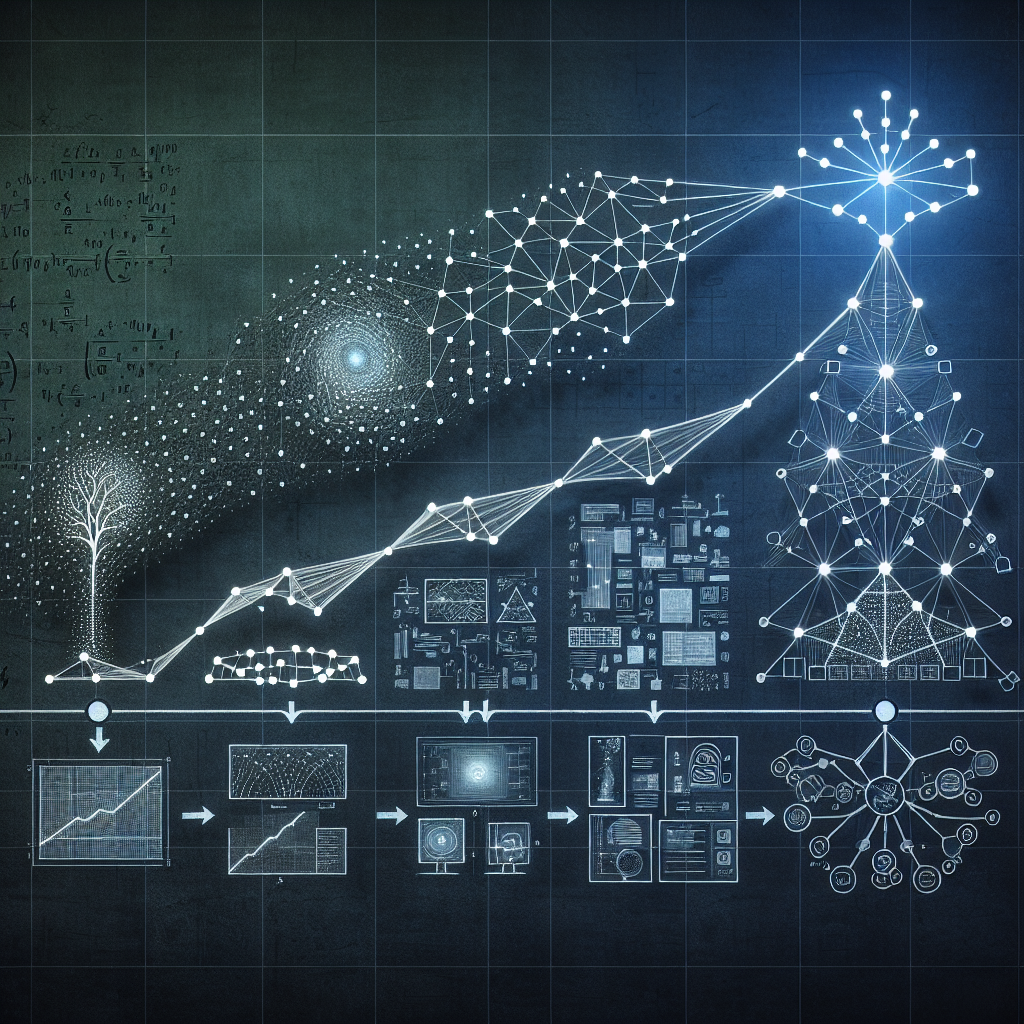Deep Neural Networks (DNNs) have come a long way since their inception, evolving from theoretical concepts to practical applications that are revolutionizing various industries. The evolution of DNNs has been driven by advances in technology, data availability, and algorithm development, enabling them to tackle increasingly complex tasks with impressive accuracy and efficiency.
The concept of neural networks dates back to the 1940s, but it wasn’t until the early 2000s that deep neural networks started gaining traction. The breakthrough came with the development of deep learning algorithms that allowed for the training of neural networks with multiple layers, enabling them to learn intricate patterns and relationships in data. This led to the resurgence of interest in neural networks and the birth of the deep learning revolution.
One of the key milestones in the evolution of DNNs was the introduction of convolutional neural networks (CNNs) in the mid-2000s. CNNs revolutionized image recognition tasks by automatically learning features from raw pixel data, leading to significant improvements in accuracy compared to traditional machine learning algorithms. This paved the way for the widespread adoption of DNNs in computer vision applications, such as facial recognition, object detection, and autonomous driving.
Another major advancement in the field of DNNs was the development of recurrent neural networks (RNNs) and long short-term memory (LSTM) networks. These architectures excel at capturing temporal dependencies in sequential data, making them well-suited for tasks such as speech recognition, natural language processing, and time series forecasting. The combination of CNNs and RNNs has enabled the creation of sophisticated models that can process diverse types of data and perform complex tasks with high accuracy.
The evolution of DNNs has also been fueled by the availability of large-scale datasets and powerful computing resources. The rise of big data and cloud computing has enabled researchers and practitioners to train deep neural networks on massive amounts of data, leading to significant improvements in model performance. In addition, the development of specialized hardware, such as graphics processing units (GPUs) and tensor processing units (TPUs), has accelerated the training and inference of DNNs, making them more accessible and scalable.
Today, DNNs are being applied across a wide range of industries and domains, transforming how we interact with technology and solving real-world problems. From personalized recommendations on e-commerce platforms to medical image analysis for diagnosing diseases, DNNs are driving innovation and pushing the boundaries of what is possible. As the field continues to evolve, we can expect to see even more groundbreaking applications of DNNs in the future.
In conclusion, the evolution of DNNs from theory to practical applications has been a remarkable journey, driven by advancements in technology, data, and algorithms. With their ability to learn complex patterns and relationships in data, DNNs are revolutionizing industries and enabling new possibilities. As we continue to push the boundaries of AI and machine learning, the potential for DNNs to transform our world is truly limitless.
#Evolution #DNN #Theory #Practical #Applications,dnn


Leave a Reply